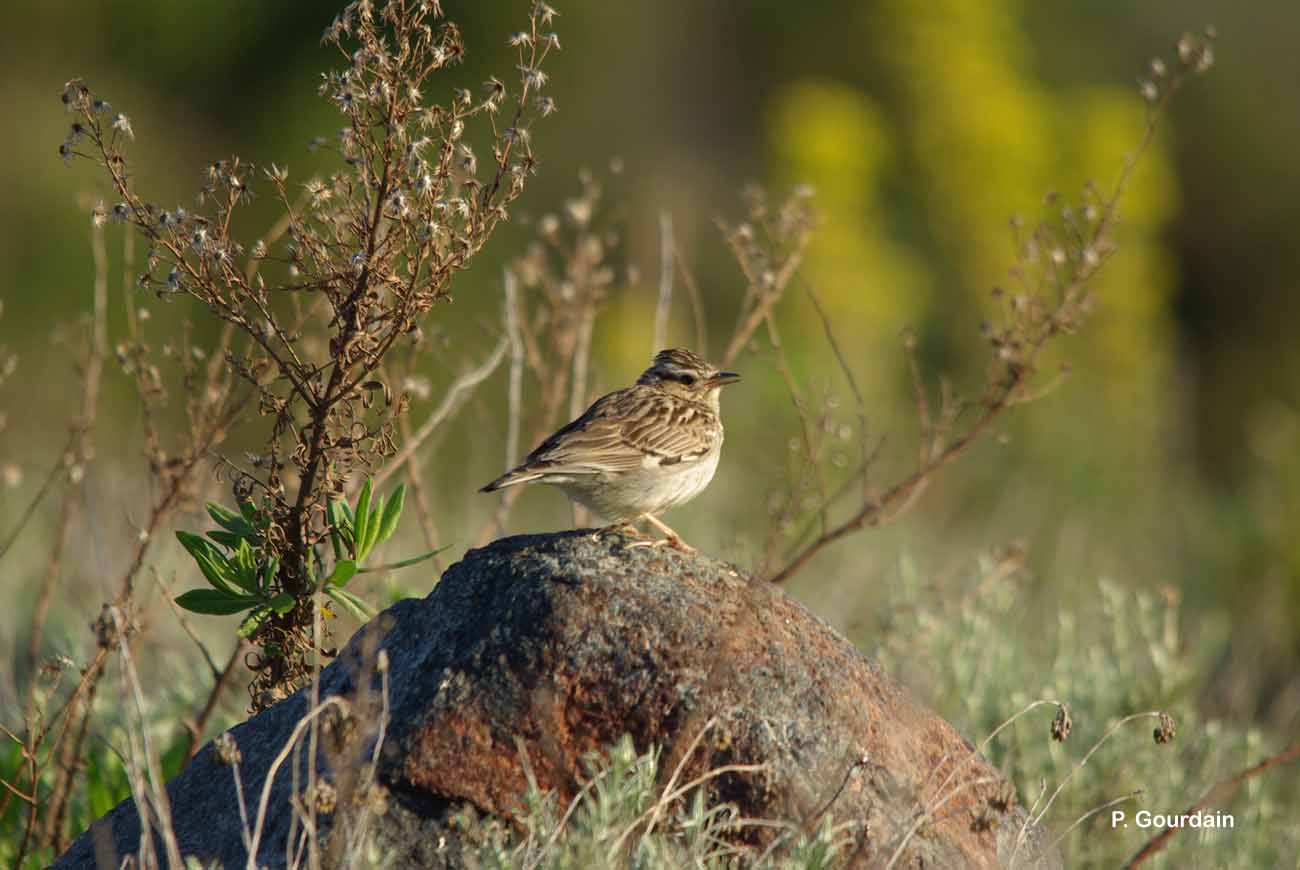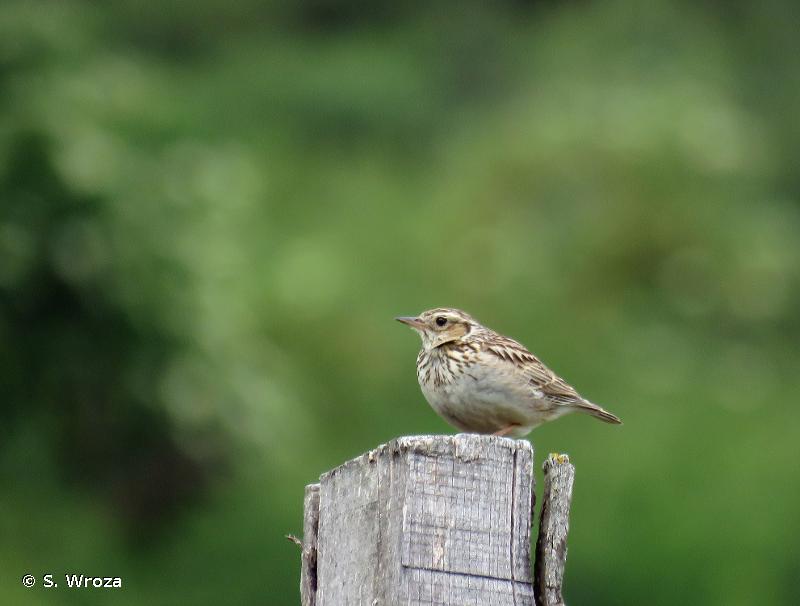
cd_nom

| Author : S. Wroza |
 |
Despite the Creative Commons license, please inform the author of the use which will be made of his photo

| Author : P. Gourdain |
 |
To get the picture, please visit:
Philippe GOURDAIN
Muséum national d'Histoire naturelle - Service du Patrimoine Naturel
36 rue Geoffroy Saint-Hilaire
CP 41
75 231 PARIS CEDEX 05
e-mail : inpn@mnhn.fr
Legend: Arbonne-la-Forêt
Despite the Creative Commons license, please inform the author of the use which will be made of his photo

| Author : S. Wroza |
 |
Despite the Creative Commons license, please inform the author of the use which will be made of his photo

| Author : S. Wroza |
 |
Despite the Creative Commons license, please inform the author of the use which will be made of his photo

| Author : S. Wroza |
 |
Despite the Creative Commons license, please inform the author of the use which will be made of his photo

| Author : C. de Muizon |
 |
To get the picture, please visit:
Christian de Muizon
inpn@mnhn.fr
Despite the Creative Commons license, please inform the author of the use which will be made of his photo

| Author : C. de Muizon |
 |
To get the picture, please visit:
Christian de Muizon
inpn@mnhn.fr
Despite the Creative Commons license, please inform the author of the use which will be made of his photo

| Author : C. de Muizon |
 |
To get the picture, please visit:
Christian de Muizon
inpn@mnhn.fr
Despite the Creative Commons license, please inform the author of the use which will be made of his photo

| Author : C. de Muizon |
 |
To get the picture, please visit:
Christian de Muizon
inpn@mnhn.fr
Despite the Creative Commons license, please inform the author of the use which will be made of his photo

| Author : C. de Muizon |
 |
To get the picture, please visit:
Christian de Muizon
inpn@mnhn.fr
Despite the Creative Commons license, please inform the author of the use which will be made of his photo

| Author : C. de Muizon |
 |
To get the picture, please visit:
Christian de Muizon
inpn@mnhn.fr
Despite the Creative Commons license, please inform the author of the use which will be made of his photo

| Author : C. de Muizon |
 |
To get the picture, please visit:
Christian de Muizon
inpn@mnhn.fr
Despite the Creative Commons license, please inform the author of the use which will be made of his photo
Taille/poids :
Longueur totale : 15 cm. Poids : 29 g.
Diagnose :
Passereau de taille moyenne, de teinte dominante brunâtre, l'Alouette lulu est dénuée de couleurs vives. Un sourcil très clair souligne sa petite calotte marron rayée. Elle est la seule parmi les alouettes françaises à présenter une tache noire entourée de blanc à l'angle de l'aile. A l'envol, la brièveté de sa queue lui confère une silhouette trapue. Le mâle émet un chant liquide très pur, avec de riches séries mélodieuses d'une grande clarté.
Détermination :
Simple. Facile sur photo.
Espèces proches :
Les sourcils clairs de cette alouette se rejoignent à la nuque, ce qui la distingue de l'Alouette des champs (Alauda arvensis) qui est par ailleurs nettement plus grande.
Période d'observation :
Toute l'année, mais l'espèce est rare en hiver au nord d'une ligne Caen-Genève. Au sud, les oiseaux sont sédentaires et voient leurs effectifs renforcés du fait de l'afflux de migrateurs.
Biologie-éthologie :
En été, l'Alouette consomme essentiellement des insectes et araignées, alors qu'à la fin d'été et en hiver, son alimentation s'enrichit d'un complément végétal : graines de graminées, de crucifères, de chénopodiacées et d'ombellifères.
Biogéographie et écologie :
C'est un oiseau strictement paléarctique, qui est sédentaire ou migrateur partiel dans les zones tempérées et méditerranéennes d'Europe, de Proche-Orient et du Maghreb. Ses préférences thermophiles limitent son implantation en Scandinavie par exemple : elle n'y est présente que dans le sud. L'Alouette lulu choisit avant tout des secteurs dégagés et secs, flancs en pente douce ou légers replats de collines, coteaux sableux ou calcaires très perméables.
Compilé par J. Comolet-Tirman à partir des Cahiers d’habitats.(UMS 2006 Patrimoine Naturel (AFB / CNRS / MNHN)),2017
Continental
Metropolitan France
Overseas
Marine
Metropolitan France
Overseas
The map presents a summary at the 10 x 10 km grid of the observation data for the species transmitted to the SINP. These data have been subjected to validation filters.
The map presents a reference distribution layer of the species at the scale of departments and marine sectors. The presence and absence data were established by expertise within a network of partners. This reference distribution is used in the validation process of the SINP data at the INPN level.
Corresponds to a report on the basis of at least one observation proved within a period of 10 years (20 years for little-known invertebrates) preceding the year and no presumption of extinction since obtaining the last data nor doubt on reproductive and implemented nature of this population. For migratory species, the presence indicated concerns areas of reproduction.
This status is based on one or more of the following criteria:
This point covers the absence, more difficult by nature to demonstrate than presence. This status is based on one or more of the following criteria:
This status must be assigned to a department in which the presence of the species is casual.
Particular case of absence due to a proven extinction less than a half century ago (older disappearances are treated as "no probable or definite").
In the state of knowledge, we can not comment on the presence or absence in the current department. This is the default status when not comprised in one of the previous categories or whenever there is doubt.
The map shows the global distribution of the species based on GBIF data (Global Biodiversity Information Facility).
